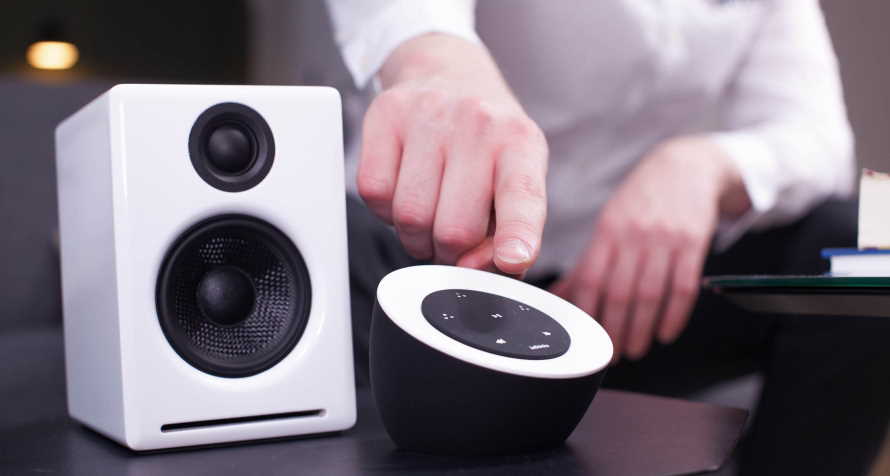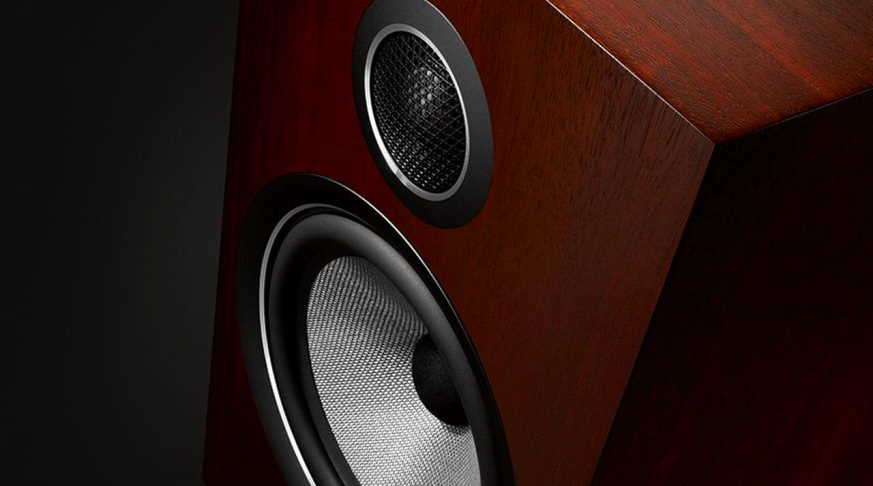
How do I convert my speakers to subwoofers?
This article will define a few key terms and help you to understand all your options such as in-wall speakers, in-depth speakers, theater speakers and surround-sound speakers.
The most advanced and high-tech sound system is without quality speakers. So how does you convert my speakers to subwoofers.
So, exactly what’s a speaker?
A speaker is essentially a translation machine; the electrical signal is translated to sound waves by a record, CD or DVD. A speaker comprises a motor, a diaphragm, a spider, a voice spindle, a surround, a suspension, a line, and a spider.
There is also a crossover of speakers, which divides the sound into different frequencies, such as high, medium and sometimes mid-range. There are three types of basic speaker drivers: mid-range, tweeters, and woofers drivers.
As mentioned previously, all speakers have a spindle, but some speakers have dual spindles. The main advantage offered by the double voice spindle over a single spindle is cable flexibility and is a little more expensive. One should know how to make a subwoofer out of a speaker.

Some of the other terms in your speech search, whether in tile, in-wall, surround sound speakers or home theater, are two-way versus three or even four-way speakers, double tweeters, impedance, resilience, sensitivity, power manipulation and frequency response.
For general, a tweeter and a woofer are two-way speakers and often work well in tandem with a subwoofer to accommodate the lesser frequencies. Three-way speakers usually contain a tweeter, a half-way speaker and a woofer. A tweeter, a medium range, a woofer and a dedicated subwoofer comprise four-way speakers. Which style works best for you depends on your budget, space and system.
Handling Power refers to watts, which type of receiver would suit your speakers best, and vice versa. Also commonly known as quality, Sensitivity refers to the efficacy of the speaker’s use of power from the receiver. The speaker produces more volume without taxing the recipient with higher sensitivity.
Home theater systems are generally a centralized channel speaker that delivers a lot of dialogue; left and right speakers that deal with most of the special effects; and sound-talkers that surround.

Surrounding sound systems typically provide the ambiance sounds you hear when watching movies or TV shows, such as dropping raindrops, underfoot gravel crunching and leaves rustling.
Finally, most devices also include a subwoofer for capturing lower frequencies and stressing them.
All of these work together to create a dynamic sound experience like theater. Bookshelf and satellite speakers are the perfect choice for your home theater system when you are looking for space efficiency.
In-room or in-room speakers may also be considered, depending on how you plan to use your space and personal aesthetic. Grills can be painted on the front of both the inside-and inside-the-wall speakers to fit your wall color so that they blend into your décor.
